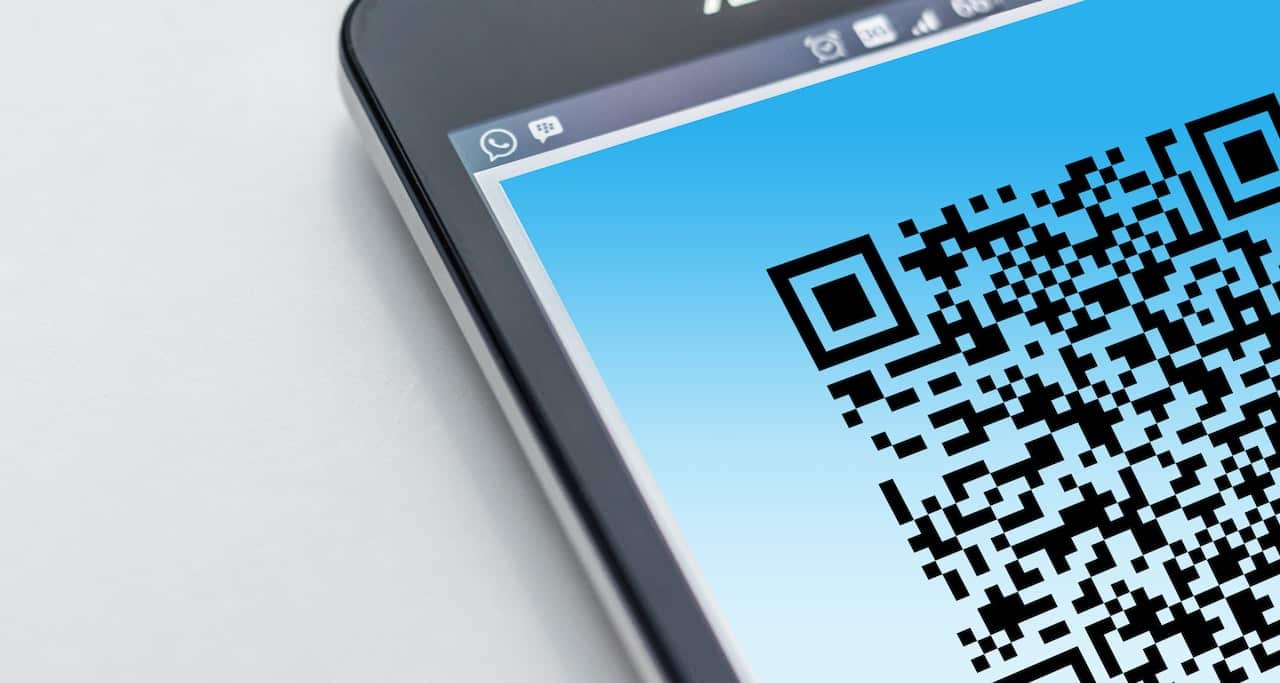
The Hospitality and retail industry is familiar to changes, adapting to trends and customer needs. Keeping up today means transitioning from pen-and-paper operations to technology-oriented workflows, including self-service solutions. For businesses serving customers in Food & Beverage (F&B) or operating a retail shop, that evolution can be seamless with the right tools providing support at every step. From introducing QR Code ordering systems to offer contactless payments, these technologies help create workflow efficiencies that improve customer experience.
Today’s hospitality and retail industry is changing rapidly, with an increased need for more efficient processes and greater convenience. Customers demand speed, accuracy, and convenience when placing orders – something the traditional pen-and-paper method of taking orders struggles to provide.
Businesses are always looking at ways to manage customer expectations and stay ahead in a competitive market; companies find intelligent ways to streamline their operations through technology, such as cashless payment solutions, self-service kiosks aided by QR codes, or AI ordering systems. Each of these technologies can significantly improve your business workflow – but how do you know which one best suits your needs? Please keep reading to find out our top tips on optimising your current system by replacing it with modern self-service!
Self-service technology, SST, is unprecedentedly revolutionising the hospitality and retail industry. SST technology allows customers to conduct transactions, access information, or obtain services without human assistance. In this fast-paced world where time is of the essence, self-service technology is becoming increasingly popular because it enables customers to perform their transactions at their convenience. SST has transformed various industries by providing faster, easier and more efficient methods of service delivery to customers.
In the hospitality and retail industry, SST is helping to reduce costs and improve customer satisfaction by providing quicker and more personalised services than your traditional EPOS system. With the rise of SST, the great news is that consumers can now enjoy the convenience of getting their needs met even faster through user-friendly technology that requires little to no human interaction – the future looks bright indeed.
In today’s fast-paced world, customers always expect quick and convenient service. Implementing Self-service technology can be a game-changer for your business. By implementing self-service kiosks or mobile apps, you offer your customers the flexibility to order, pay, and pick up their orders independently without waiting in line or interacting with a staff member.
Not only does this reduce wait times and increase efficiency, but it also gives customers a sense of control over their experience. Additionally, self-service technology can lower labour costs and boost your bottom line. It’s a win-win situation for both your business and your customers. So why not use this valuable tool to enhance your customers’ experience today?
In today’s fast-paced world, we constantly seek ways to simplify and streamline our daily tasks. One area that has seen a significant change is how we order Food in restaurants. Gone are the days when we would flip through cumbersome menus and scribble down our orders on paper.
The latest trend is QR code ordering. Scanning a code on your smartphone allows you to access the menu, place your order, and pay within seconds. This technology reduces the contact between customers and restaurant staff and saves time and effort. So, why switch from pen and paper to QR code ordering and join the revolution?
In today’s world, contactless services are essential to our daily lives. Whether ordering Food or buying groceries, everyone prefers contactless services due to the ongoing pandemic. Setting up self-service stations is an excellent way to provide contactless service. It offers convenience to customers as they do not have to interact with anyone and can do everything independently.
It reduces the staff’s workload, allowing them to focus on other essential tasks. Setting up these stations is relatively simple and cost-effective. It requires minimal investment, and with the help of experts, and can be done efficiently. As a result, self-service stations create a seamless and hassle-free experience for both the customers and the staff.
As businesses look to evolve and adapt to new technologies, self-service options are becoming increasingly popular. These tools can help streamline processes and improve customer experiences, from self-checkout kiosks to online customer service portals. However, integrating self-service technology into your business processes can take time and effort.
To ensure a smooth transition, it’s essential to carefully plan and implement the technology in a way that aligns with your business goals and values. Imperative, you consider user experience, training and support resources, and data management. By following some essential tips and best practices, businesses can successfully integrate self-service technology and take advantage of its benefits.
With the rise of self-service technology, it’s no wonder that many businesses are adopting these systems. After all, these technologies streamline processes and reduce the need for human intervention, which can lead to cost savings. But have you considered the financial impact of utilising self-service technology? While it may seem cost-effective in the short term, assessing the long-term effects is essential. Will these technologies require maintenance or upgrades?
Will their implementation negatively impact staff morale and customer satisfaction? It is essential to weigh the potential benefits and drawbacks before investing in self-service technology, to ensure that it aligns with your company’s goals and values.
In conclusion, self-service technology is becoming increasingly prevalent in the hospitality & retail industry, and its implementation offers many benefits that make it a lucrative move. For example, contactless service experiences can keep customers and employees confident during interactions and help increase business efficiency and profitability.
Although swapping from pen and paper to QR code ordering may take some adjusting, setting up the stations can save long-term costs by lowering staffing requirements. To ensure a successful transition into self-service technology, business owners should review staff training procedures and support resources to ensure all processes run as smoothly as possible. However, regardless of the upfront investment, understanding how this technology can financially benefit your business will be a powerful incentive for making the switch.